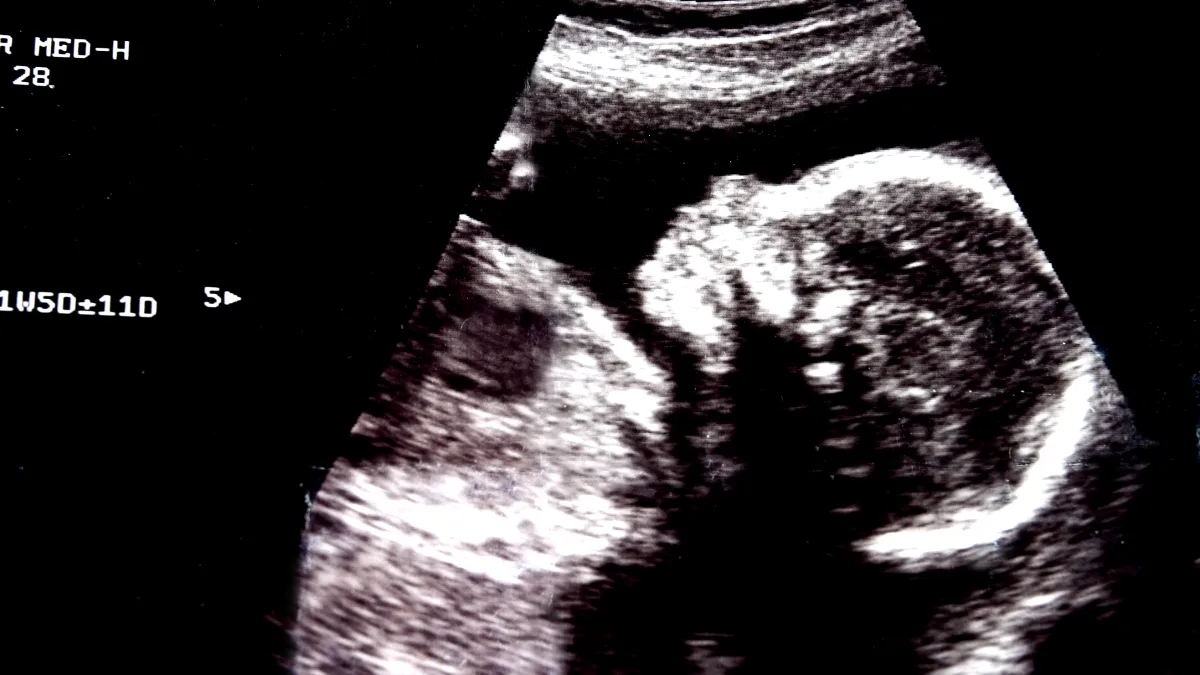The European Union has always fancied itself the dominant force on its own doorstep. For decades, Brussels assumed that geography, history and economic heft would naturally draw neighbouring countries into its orbit. That assumption is looking increasingly quaint. A new geo-economic index reveals that whilst the EU remains the strongest player in its neighbourhood, China is rapidly emerging as its most formidable rival—and winning ground in unexpected places.
The GEOII index, developed by three European think-tanks, measures the EU’s geo-economic influence across its neighbourhood between 2010 and 2023. Using 43 indicators spanning trade, financial flows and political interdependencies, it tracks the Union’s performance against China, Russia and America across four regions: Eastern Europe, the Western Balkans, Türkiye, and North Africa and the Middle East.
Whilst the EU has strengthened its position in Eastern Europe—largely thanks to Russia’s catastrophic miscalculation in Ukraine—it has ceded ground to China almost everywhere else. The pattern reflects a broader shift in global power dynamics, but also the EU’s own strategic shortcomings.
Eastern promise
In Eastern Europe, the EU has rarely looked stronger. The region, comprising Ukraine, Moldova, Belarus, Georgia, Armenia and Azerbaijan, has witnessed a dramatic reversal of influence since Russia’s full-scale invasion of Ukraine in February 2022. Moscow, once the region’s hegemon, is now in steep decline across all metrics.
The EU has become the dominant trading partner, financial backer and political patron, particularly in Ukraine and Moldova—both now official EU candidates. Even in the realm of hard power, traditionally Russia’s strength, the tables have turned. Fifteen years ago, Russia was the region’s primary arms supplier; today, extensive EU weapons deliveries to Ukraine have shifted that balance decisively.
“Brussels and the member states must redouble their efforts to successfully integrate Ukraine and Moldova, but they must not forget Georgia in the process, lest they cede the field to Russia again or invite China into the EU’s direct sphere of influence,” warns Richard Grieveson, deputy director at the Vienna Institute for International Economic Studies and co-author of the study.
China, meanwhile, has largely retreated from the region—never a priority for Beijing’s Belt and Road Initiative. America, despite providing substantial military aid to Ukraine, maintains a surprisingly modest economic and political footprint.
Southern discomfort
The EU’s southern neighbourhood tells a different story altogether. Across North Africa and the Middle East—from Algeria to Tunisia, Israel to Lebanon—the Union remains the largest trading partner and investor. Yet its relative influence is waning as China systematically expands its presence.
Beijing has made particular inroads in high-technology exports, infrastructure projects and strategic investments. The irony is telling: the EU maintains closer political relationships with these countries than China does, yet this has not translated into stronger economic ties.
“The Middle East, North Africa and Türkiye are good examples of how, for the EU, stronger political ties do not necessarily translate into more intensive economic cooperation,” observes Philipp Lamprecht, trade economist and director at the European Centre for International Political Economy. “For stronger economic ties, the Union would also have to intensify its economic efforts, so as not to leave the field to China.”
Balkan balancing act
The Western Balkans represent both the EU’s greatest success and its most precarious position. Albania, Bosnia and Herzegovina, Kosovo, Montenegro, North Macedonia and Serbia all aspire to EU membership, with four already in accession negotiations. The region shows the strongest ties to Brussels across all dimensions measured by the index.
Nevertheless, this dominance is under threat. China has aggressively courted the region through strategic partnerships and infrastructure investments, particularly in Serbia and Montenegro, catapulting itself to second place in the regional influence rankings. Russia, by contrast, has steadily lost ground.
The risk is that the EU’s political indifference and protracted accession processes could squander its natural advantages. “It is more important than ever to view the Western Balkans more from a geo-economic perspective,” argues Lamprecht.
The solution, according to Etienne Höra of the Bertelsmann Stiftung, lies in reform: “The EU needs a reformed accession process that allows for gradual EU membership in certain areas before full membership.”
The Turkish conundrum
Türkiye presents perhaps the most complex challenge. Despite a customs union dating to 1995 that dramatically increased bilateral trade, the EU’s position has eroded significantly. Geopolitical tensions have created space for competitors, and both China and Russia have exploited it ruthlessly.
China has dramatically increased its high-technology exports to Türkiye and invested heavily in greenfield projects, including a major electric vehicle factory by manufacturer BYD. Russia has become Türkiye’s primary supplier of fossil fuels and raw materials, whilst expanding defence cooperation—most controversially through the sale of the S-400 air defence system to the NATO member.
America, meanwhile, has seen its own influence decline, hampered by security tensions with Ankara. The result is a Türkiye increasingly pulled between competing powers, with the EU struggling to maintain its relevance.
“It is therefore of strategic importance for the EU to modernise the customs union with Turkey and expand it to the areas of agriculture, services and public procurement,” suggests Grieveson. “Ultimately, a modernised customs union is also a matter of strengthening Turkey’s political ties to the EU.”
The reckoning
The GEOII index reveals uncomfortable truths about the EU’s strategic position. Whilst the Union retains considerable advantages—economic size, institutional depth, cultural affinity—it cannot take its neighbourhood for granted. China’s systematic expansion reflects a coherent strategy that the EU has struggled to match.
The irony is that the EU’s greatest success—in Eastern Europe—owes as much to Russia’s strategic blunders as to Brussels’ own efforts. Elsewhere, the Union’s influence is being steadily eroded by more dynamic competitors willing to engage on multiple fronts simultaneously.
As geopolitical competition intensifies, the EU faces a stark choice: adapt its approach to match the reality of great power competition, or watch its natural sphere of influence slip away. The neighbourhood is watching, and increasingly, it has alternatives.
Photo: Dreamstime.







